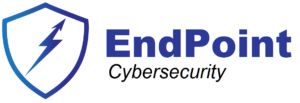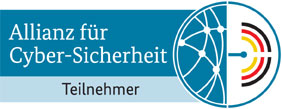I am often asked what is the difference between Policy, Standard, Procedure in cybersecurity.
Well, here it is:
1. Cybersecurity Standard
A cybersecurity standard is a set of guidelines, criteria, or best practices that organizations follow to ensure that their security controls and procedures align with industry standards or regulatory requirements. Standards provide a benchmark for measuring security maturity and often serve as a reference for audits and assessments. Common cybersecurity standards include ISO 27001, NIST Cybersecurity Framework, and CIS Controls.
2. Cybersecurity Framework
A cybersecurity framework is a structured approach to managing and improving an organization’s cybersecurity posture. It’s a comprehensive set of best practices, guidelines, and tools designed to help organizations assess, develop, and enhance their cybersecurity programs. Frameworks provide a strategic perspective and often include a collection of policies, procedures, controls, and standards. Prominent frameworks include NIST Cybersecurity Framework, CIS Critical Security Controls, and ISO 27001.
As can be seen, a standard often doesn’t come alone, it comes with a framework, which allows the implementer to start quickly and create a basis for the cybersecurity implementation.
3. Cybersecurity Policy
A cybersecurity policy is a foundational document that sets the overarching principles and guidelines for an organization’s security posture. It is a high-level, strategic document that outlines the organization’s commitment to security, the roles and responsibilities of individuals and departments in safeguarding assets, and the consequences of non-compliance. Cybersecurity policies are essential for aligning security efforts with business goals and regulatory requirements.
4. Cybersecurity Procedure
While policies provide a high-level framework, procedures are the detailed step-by-step instructions that help employees or security personnel implement the policies effectively. Procedures are specific and actionable, often detailing how to respond to security incidents, configure software securely, or conduct security audits. They ensure consistency and best practices are followed in day-to-day operations.
5. Cybersecurity Control
Controls are measures, safeguards, or countermeasures that organizations put in place to protect their information systems and data. Controls can be technical, administrative, or physical in nature. They are designed to mitigate risks by preventing, detecting, or responding to security threats. Examples include firewalls, access controls, encryption, and antivirus software.
In summary, these four terms play distinct but interrelated roles in the world of cybersecurity. Policies set the overarching goals and principles, procedures provide the detailed instructions for implementation, controls are the measures and safeguards in place to protect against threats, and standards offer a reference point to ensure compliance with established best practices.
Effective cybersecurity requires a holistic approach that encompasses all these elements. By establishing clear policies, well-documented procedures, robust controls, and adherence to industry standards, organizations can better defend themselves against the ever-evolving threat landscape and protect their sensitive data and digital assets.
6. Zero Trust
Zero Trust in Cybersecurity: from myth to the guide
7. Authentication and Authorization
https://www.sorinmustaca.com/authentication-vs-authorization
The post Demystifying cybersecurity terms: Policy, Standard, Procedure, Controls, Framework, Zero Trust first appeared on Sorin Mustaca on Cybersecurity.



